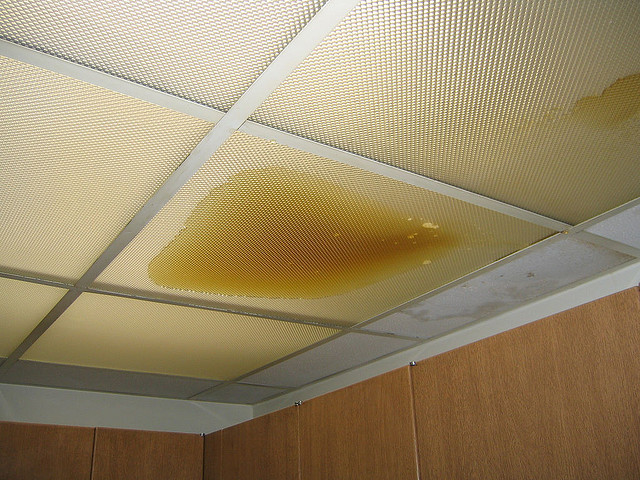This post below on the subject of Locating water leaks is amazingly engaging. Try it and draw your own personal results.

Early discovery of dripping water lines can alleviate a potential calamity. Some little water leaks might not be visible.
1. Analyze the Water Meter
Every house has a water meter. Checking it is a proven way that aids you uncover leakages. For beginners, shut off all the water resources. Guarantee nobody will certainly purge, utilize the faucet, shower, run the washing device or dishwasher. From there, go to the meter and watch if it will certainly change. Considering that no one is utilizing it, there should be no motions. If it relocates, that suggests a fast-moving leak. If you discover no modifications, wait a hr or 2 as well as examine back once again. This indicates you might have a sluggish leak that can even be underground.
2. Check Water Usage
If you find sudden modifications, regardless of your consumption being the very same, it indicates that you have leaks in your plumbing system. A sudden spike in your bill shows a fast-moving leak.
On the other hand, a consistent rise monthly, despite having the same habits, shows you have a sluggish leak that's also gradually escalating. Call a plumber to completely inspect your home, particularly if you feel a warm location on your floor with piping underneath.
3. Do a Food Coloring Examination
30% comes from commodes when it comes to water consumption. Test to see if they are running effectively. Decline specks of food color in the storage tank as well as wait 10 mins. There's a leak in between the storage tank and also dish if the shade in some way infiltrates your dish during that time without flushing.
4. Asses Outside Lines
Don't forget to examine your outside water lines as well. Must water seep out of the connection, you have a loosened rubber gasket. One small leak can lose lots of water as well as increase your water expense.
5. Check and Analyze the Scenario
Home owners ought to make it a behavior to check under the sink counters as well as also inside cupboards for any bad odor or mold and mildew growth. These two red flags show a leak so punctual focus is needed. Doing regular assessments, also bi-annually, can conserve you from a significant issue.
More importantly, if you know your residence is already old, maintain a watchful eye on your heaters, hose pipes, pipes and so on. Look for stainings as well as damaging as most pipes and appliances have a life expectancy. They will additionally naturally wear away due to wear and tear. Don't wait for it to intensify if you believe leaking water lines in your plumbing system. Call a specialist plumber as soon as possible so you do not end up with an awful mess in your home.
Early discovery of dripping water lines can alleviate a prospective disaster. Some little water leaks may not be visible. Checking it is a guaranteed way that aids you discover leakages. One tiny leakage can squander bunches of water as well as surge your water bill.
If you think leaking water lines in your plumbing system, don't wait for it to escalate.
WARNING SIGNS OF WATER LEAKAGE BEHIND THE WALL
PERSISTENT MUSTY ODORS
As water slowly drips from a leaky pipe inside the wall, flooring and sheetrock stay damp and develop an odor similar to wet cardboard. It generates a musty smell that can help you find hidden leaks.
MOLD IN UNUSUAL AREAS
Mold usually grows in wet areas like kitchens, baths and laundry rooms. If you spot the stuff on walls or baseboards in other rooms of the house, it’s a good indicator of undetected water leaks.
STAINS THAT GROW
When mold thrives around a leaky pipe, it sometimes takes hold on the inside surface of the affected wall. A growing stain on otherwise clean sheetrock is often your sign of a hidden plumbing problem.
PEELING OR BUBBLING WALLPAPER / PAINT
This clue is easy to miss in rooms that don’t get much use. When you see wallpaper separating along seams or paint bubbling or flaking off the wall, blame sheetrock that stays wet because of an undetected leak.
BUCKLED CEILINGS AND STAINED FLOORS
If ceilings or floors in bathrooms, kitchens or laundry areas develop structural problems, don’t rule out constant damp inside the walls. Wet sheetrock can affect adjacent framing, flooring and ceilings.
https://www.servicemasterbyzaba.com/blog/how-to-detect-water-leakage-in-walls/

Do you appreciate reading up on Hacks to detect leaks? Write a review down the page. We will be interested to know your views about this piece. In hopes to see you back again later on. Enjoyed our article? Please share it. Let others discover it. Bless you for your time. Visit us again soon.
Book Now